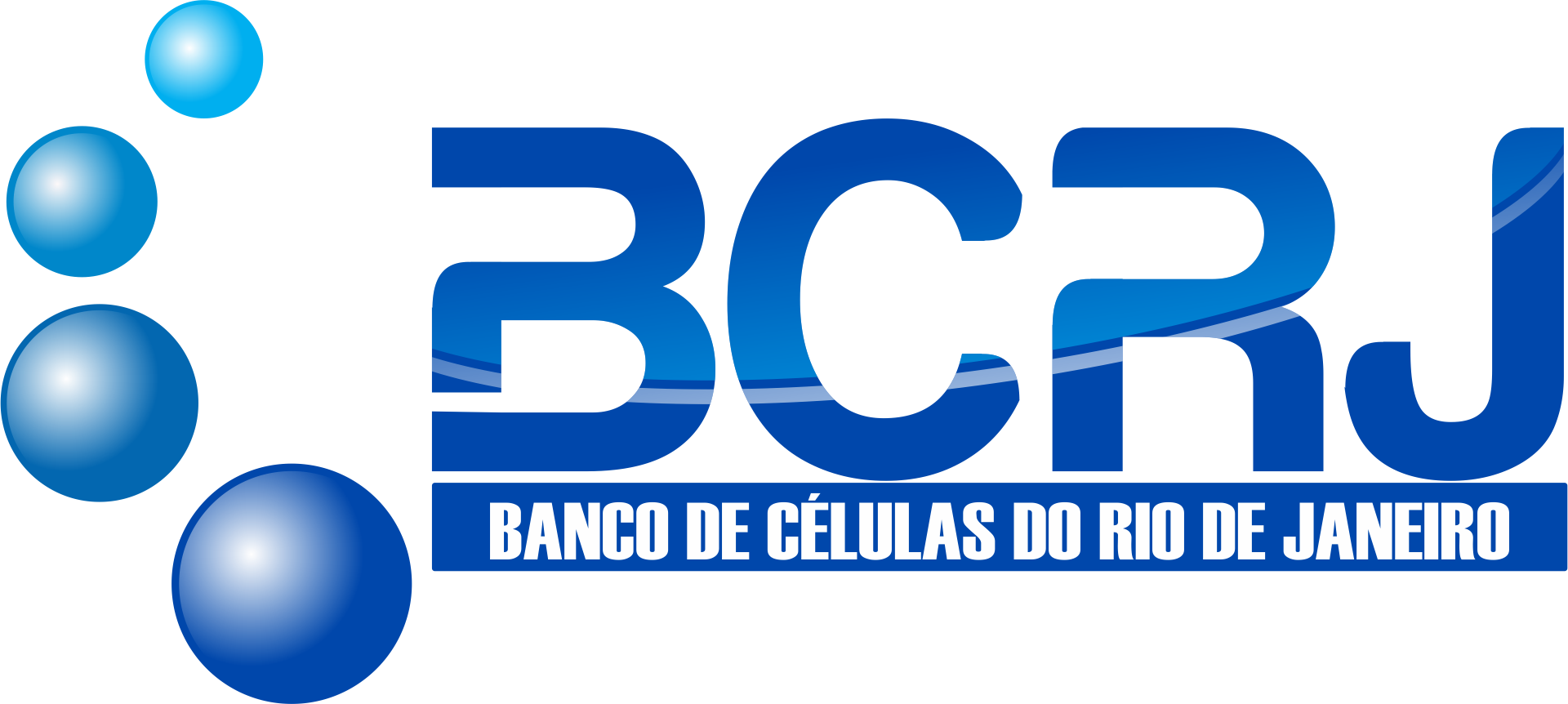| BCRJ Code | 0426 |
| Cell Line | ARH-77 |
| Species | Homo sapiens |
| Vulgar Name | Human |
| Tissue | Peripheral Blood |
| Cell Type | B lymphoblast |
| Morphology | Lymphoblast |
| Disease | Plasma Cell Leukemia |
| Growth Properties | Suspension |
| Sex | Female |
| Age/Ethinicity | 33 Year / White |
| Derivation | The ARH-77 cell line was established from the peripheral blood of a patient suffering from IgG plasma cell leukemia. Although established from cells taken from a patient with a plasma cell leukemia, this line has been shown to be an EBV-transformed B lymphoblastoid cell line. |
| Applications | 3D cell culture; Immune system disorder research; Immunology |
| DNA Profile | Amelogenin: X CSF1PO: 6,10 D13S317: 11,13 D16S539: 9,13 D5S818: 10,13 D7S820: 7,12 TH01: 8,9.3 TPOX: 8 vWA: 17 D3S1358: 16 D21S11: 29,30 D18S51: 14,16 Penta_E: 12 Penta_D: 10 D8S1179: 14,15 FGA: 20,21 D19S433: 14,15 D2S1338: 17 |
| Biosafety | 2 |
| Addtional Info | The cells are positive for Epstein-Barr nuclear antigen(EBNA +) and Epstein-Barr viral capsid antigen (EBVCA +). |
| Culture Medium | RPMI-1640 medium modified to contain 2 mM L-glutamine, 4500 mg/L glucose and fetal bovine serum to a final concentration of 10%. |
| Subculturing | Cultures can be maintained by addition or replacement of fresh medium. Start cultures at 2 x 105 viable cells/mL and maintain between 1 x 105 and 1 x 106 cells/mL. |
| Culture Conditions | Atmosphere: air, 95%; carbon dioxide (CO2), 5% Temperature: 37°C |
| Cryopreservation | 95% FBS + 5% DMSO (Dimethyl sulfoxide) |
| Thawing Frozen Cells | SAFETY PRECAUTION:
It is strongly recommended to always wear protective gloves, clothing, and a full-face mask when handling frozen vials. Some vials may leak when submerged in liquid nitrogen, allowing nitrogen to slowly enter the vial. Upon thawing, the conversion of liquid nitrogen back to its gas phase may cause the vial to explode or eject its cap with significant force, creating flying debris.
NOTE: It is important to avoid excessive alkalinity of the medium during cell recovery. To minimize this risk, it is recommended to place the culture vessel containing the growth medium in the incubator for at least 15 minutes before adding the vial contents. This allows the medium to stabilize at its normal pH (7.0 to 7.6). |
| References | Burk KH, et al. Establishment of a human plasma cell line in vitro. Cancer Res. 38: 2508-2513, 1978. PubMed: 566614 Cote RJ, et al. Generation of human monoclonal antibodies reactive with cellular antigens. Proc. Natl. Acad. Sci. USA 80: 2026-2030, 1983. PubMed: 6572959 Storkus WJ, et al. Reversal of natural killing susceptibility in target cells expressing transfected class I HLA genes. Proc. Natl. Acad. Sci. USA 86: 2361-2364, 1989. PubMed: 2784569 Edwards PA, et al. A human-hybridoma system based on a fast-growing mutant of the ARH-77 plasma cell leukemia-derived line. Eur. J. Immunol. 12: 641-648, 1982. PubMed: 7140810 Pellat-Deceunynk C, et al. Human myeloma cell lines as a tool for studying the biology of multiple myeloma: a reappraisal 18 years after. Blood 86: 4001-4002, 1995. PubMed: 7579375 |
| Depositors | EDGAR JULIAN PAREDES GAMERO |
| Cellosaurus |



